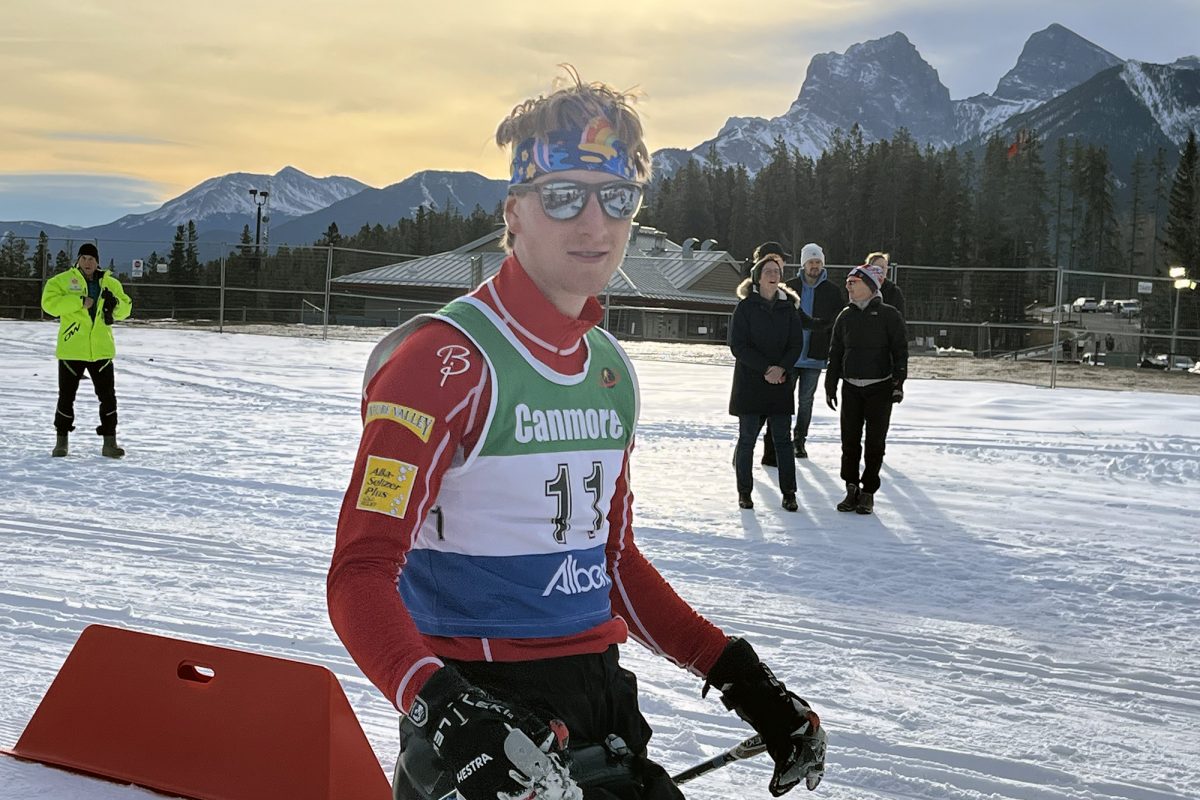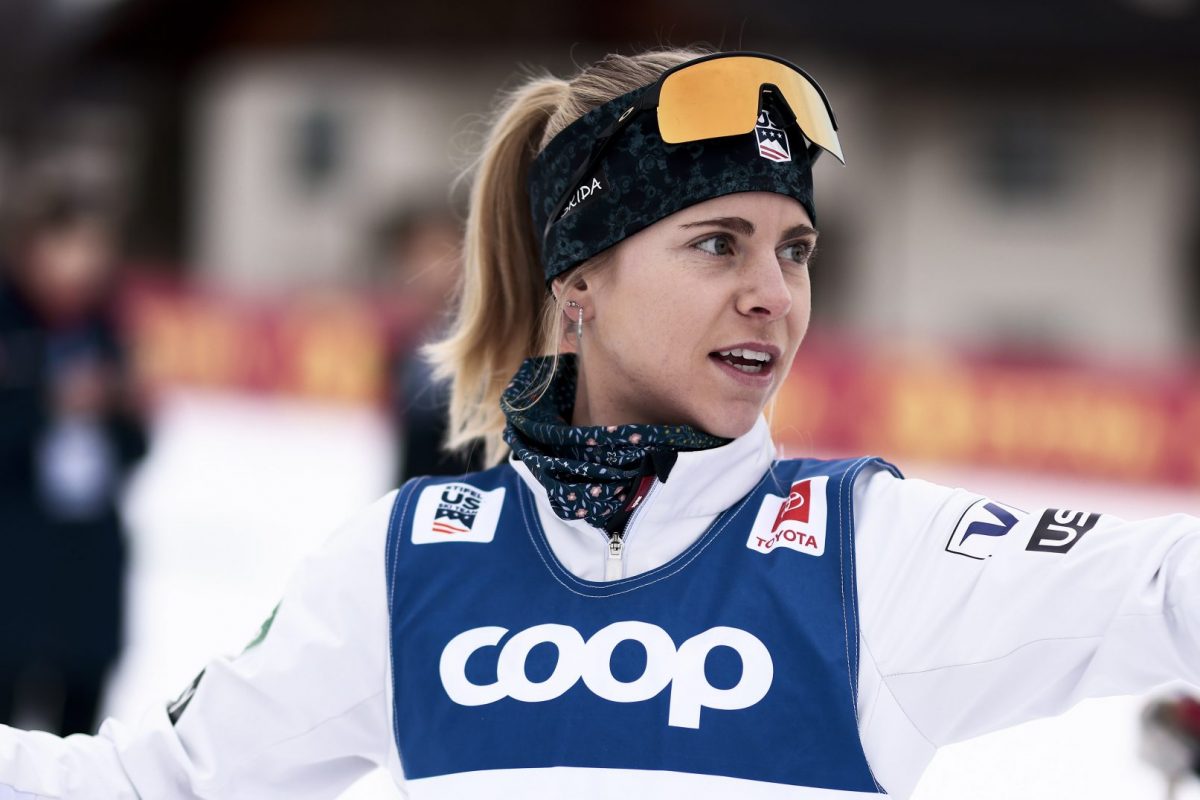The International Ski Federation (FIS) is considering making changes in the sprint event
Olympic Champion Tor Arne Hetland expressed earlier this week to Langrenn.com that something needs to be done in order to avoid a development toward more and more specializing toward sprint or longer distance racing.
 in sprint racing.</p>
<p>“It’s of course a difference in racing 50-kilometer compared to 1.2 k, but we need to look at the sprint courses and make them as good as possible in order to make it desirable for the best skiers in traditional length racing to also compete in sprint events and capture World Cup points,” says Capol to Langrenn.com</p>
<p>Capol and the FIS Cross-Country Committee have made a draft of how they want the sprint to look in the future:</p>
<p>– courses with course-profiles that also involve uphills in addition to be courses that require good technical skills from the racers.</p>
<p>– stop using the shortest courses; the sprint should last 2.45-3 minutes.</p>
<p>– advance 30 skiers from the qualification</p>
<p>– use five heats with six skiers in the quarter-finals. Two skiers will advance from each heat to the semi-finals with five skiers in each heat. Two skiers will advance from each semi-final to the final with four skiers. No B-final.</p>
<p>– Total time-frame for the finals is a maximum of 75 minutes.</p>
<p>Several of these proposed changes are adjustments in favor of skiers that are not Sprint specialists. It will be easier to qualify, the sprint is not getting shorter and the relatively short time frame (75 minutes) will reduce recovery between each race. FIS is in other words keeping Cross-Country skiing as “one family”.</p>
<p>“The Cross-Country family is too small to have two separate World Cups (sprint and traditional length race), the market is too small. We need to focus on one sport,” says Capol</p>
<p>Capol wants to use the sprint as a marketing tool for Cross-Country skiing.</p>
<p>“Sprint is a marketing tool for cross country skiing, it gives us a possibility to present XC skiing in new surroundings as in downtowns.”</p>
<p>FIS wants eight World Cup sprints each year where half should be in city downtowns and the other half at ski stadiums</p>
<p><B>Positive</B></p>
<p>Sprinter Havard Bjerkeli (Norway) feels that FIS’s suggestions sound positive.<br />
 <br />
“It sound positive and I have nothing against it,” says Bjerkeli to Langrenn.com</p>
<p>Bjerkeli has expressed earlier this year that he has considered to start focusing entirely on sprint racing, but will now reconsider (cutting out participating in longer events than sprints) after having seen the latest FIS recommendation.</p>
<p>“I have a dream and desire to ski fast in traditional length races as well, and it would be emotionally hard to stop racing such races,” says Bjerkeli ahead of participating in this weekend Norwegian 50 kilometer championship at Savalen.</p>
<p>He is also requesting a traditional race suited for sprinters.</p>
<p>“When you adjust the sprint toward all-around, you should also look the other way around. We should get back the 10-kilometer event. That’s the race that suits the sprinters best. I don’t think the best sprinters have chance in the 30-kilometer.”</p>
<p>Bjerkeli is not afraid that the changes will work in his disfavor.</p>
<p>“I feel it’s OK to cut out the shortest courses. Too much is decided by chance and luck in these events.”</p>
<p>Downtown sprints have been held several places and been a huge success. Havard likes this but agrees that the focus need to be toward the quality of the courses.</p>
<p>“The problem in cities is to get quality courses. We saw a big difference between Trondheim and Drammen this year. Five skiers in each heat will require even wider trails, if not the start will decide everything.”</p>
<p>Bjerkeli believes that “regular” ski training will be more common among the current sprinters if this “new” sprint competition becomes a reality.</p>
<p>“It will require more endurance, but you will still need to be fast.”</p>
</div></div><!-- /btArticleContentInnerInner --><section class=)



